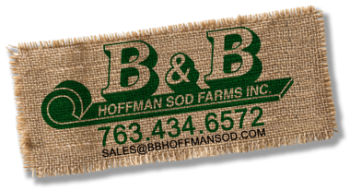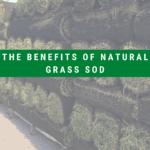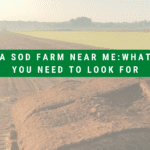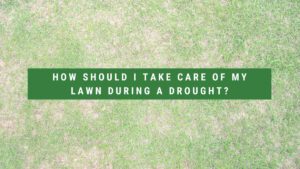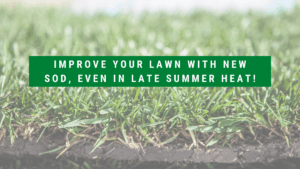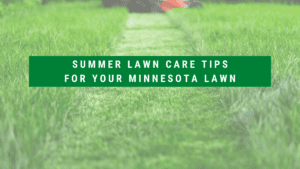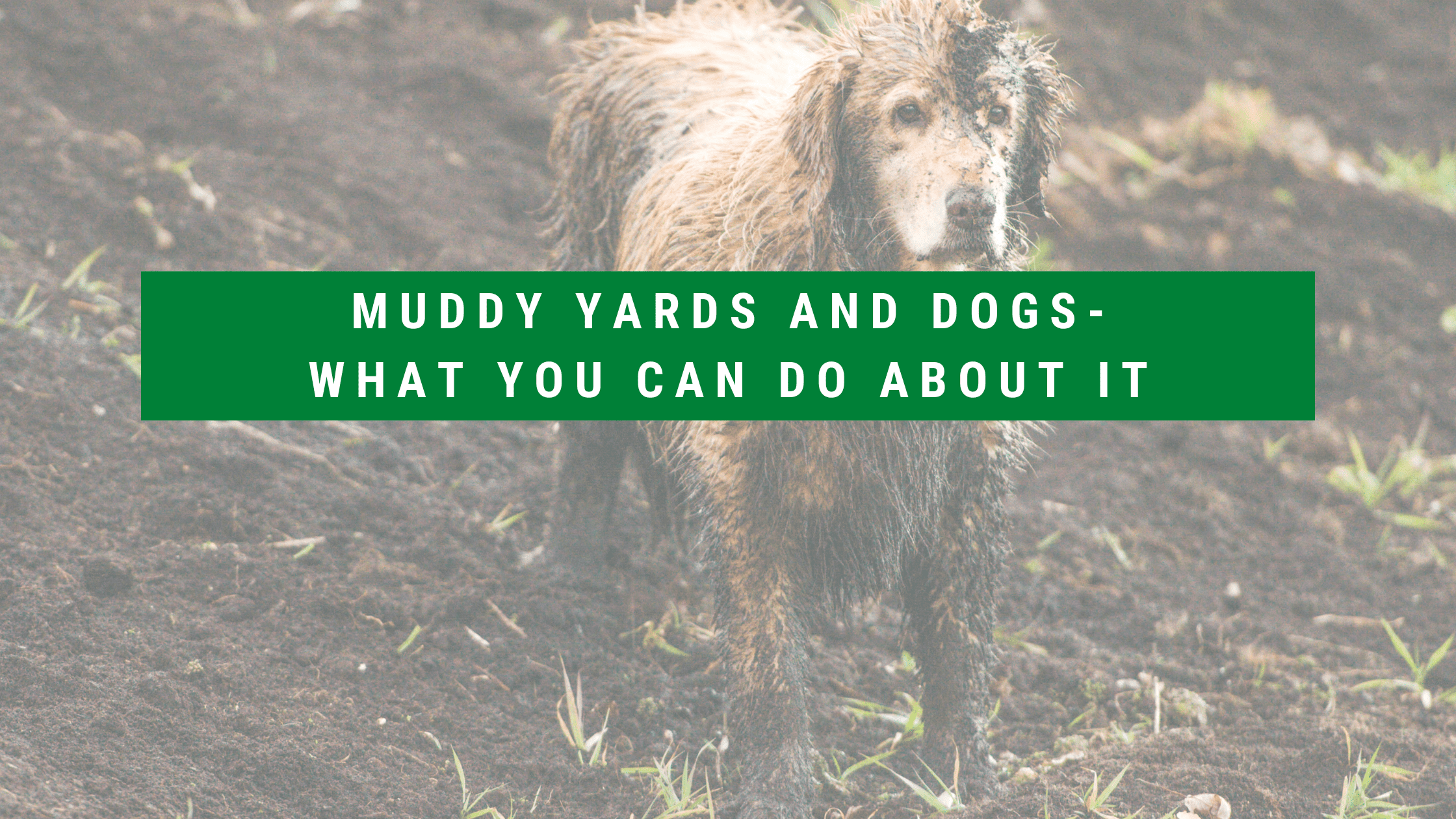
Although it seems like a far-fetched thought, everyone loves when spring appears and the snow begins to melt in Minnesota. That is if you don’t have dogs and a backyard that consists of any mud. Maybe it’s inevitable and your dog will find any mud they can get their paws on or you just built a house and your yard is still bare dirt.
Most of us do not have the time or energy for giving our dogs a bath every time they get dirty playing outside. A better solution to muddy paws and fur could be finding a way to eliminate the mud.
Changing the ground cover is the most obvious solution to solving the mud problem. Choosing the right coverage could differ depending on your situation. Here are a few options, keep reading for more in-depth details:
- Sod
- Rubber Mats
- Straw or Wood Chips
- Lay Concrete
- Get a Landscaper to solve the drainage issue
Temporary Fix
Rubber mats, straw, and wood chips are all safe and fast ways to reduce mud. If you lay straw and wood chips down, they will need to be replaced frequently to keep the mud at bay. However, these options will only work if you have a small area to cover.
Long Term Fix
Pouring concrete is another option and may seem like a quick fix. However, concrete can be expensive depending on the area you want to cover. Concrete can also be uncomfortable for dogs as it will retain cold in the Minnesota winters and heat in the summer.
Simple, Effective, and Long Term Solution
Whether you’re dealing with your whole yard or a small area, sod is a great solution to mud. It is quick and easy to install, eco-friendly, and will last a lifetime, and your dog and family members will love it!
If the snow melting in the spring means you will have a completely bare (and muddy) yard, but laying sod everywhere isn’t feasible– don’t worry! B&B Hoffman Sod can get you small amounts of sod in the spring for you (and your dog) to use until your whole yard can be sodded.
________________
If you have a yard renovation on your mind or sod need for 2023, give us a call for a quote on high-quality Kentucky Bluegrass Sod. Each piece is grown in uniform thickness and bred to be dark green, soft, and durable to withstand harsh climates.
